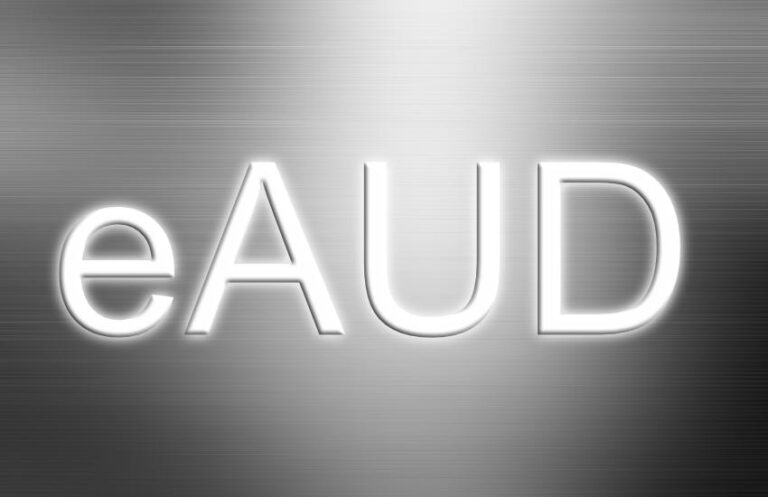
Source: www.ledgerinsights.com
The Reserve Bank of Australia (RBA) and Digital Finance CRC (DFRCC) have opened their call for use cases to be considered for the central bank digital currency (CBDC) pilot. The deadline is at the end of October. The pilot aims to explore new potential business models that a CBDC can enable, including tokenization, with the ultimate intention of evaluating the economic impact of a CBDC. Technological research is not the goal.
The eAUD platform uses a licensed version of Ethereum, Quorum, developed by Digital Finance CRC and operated by the central bank. However, the use cases that will interact with the eAUD platform can take advantage of public or private blockchains or conventional technologies. All eAUD users will have to go through Know Your Customer (KYC) compliance.
Use cases must comply with the law and participants are expected to consult the ASIC regulator. It was mentioned that some statutory exemptions may be allowed solely for the pilot.
The goal is to keep exploration flexible, so participants are expected to include financial institutions, fintechs, public sector agencies and technology providers. Only home use cases are being explored.
We previously asked the DFCRC if this was a purely wholesale CBDC experiment, and they said it is both wholesale and retail.
While the RBA and DFCRC are open-minded, they provided examples of the types of applications they anticipate. These include:
- Atomic settlement of transactions involving tokenized assets
- Multiparty or syndicated transactions
- Deposit transactions
- Enabling conditional or programmable transactions
- As a verifiable reserve asset to reduce counterparty risks
- 24×7 operations.
Once applications are received, a few use cases will be tested in November, with a subset selected in December. These will transition to the pilot, which will run for the first four months of 2023. A white paper has been released with additional details.
The project with the DFCRC was unveiled in early August, but the Reserve Bank of Australia has subsequently indicated that if a decision is made to proceed with a CBDC, a production version is more likely to be a wholesale CBDC. The central bank has previously run Project Atom, a wholesale CBDC initiative, and is involved in Project Dunbar, a multi-CBDC project for cross-border payments.
Read More at www.ledgerinsights.com